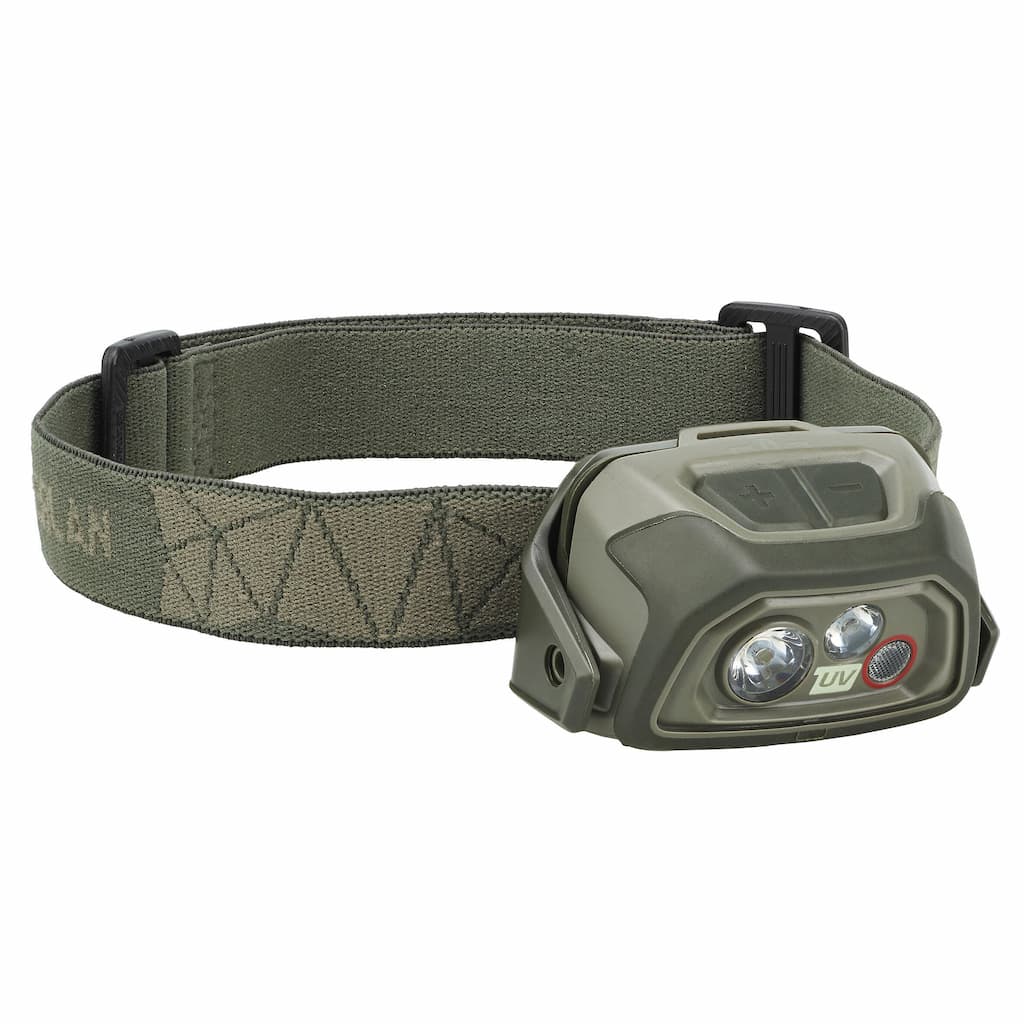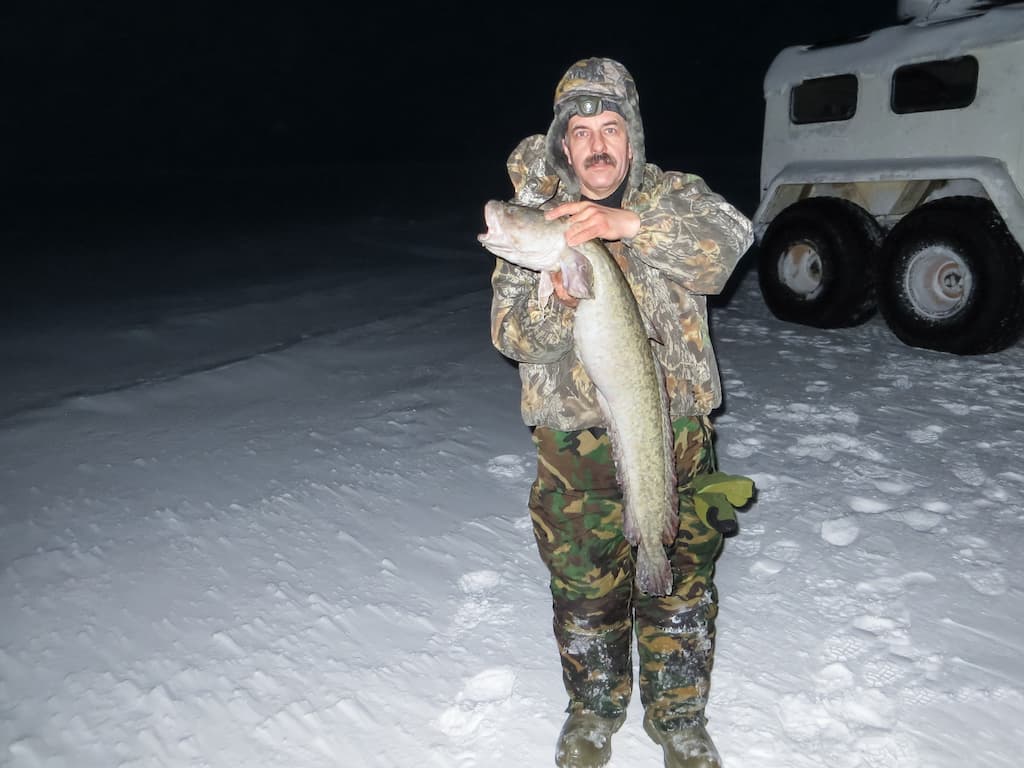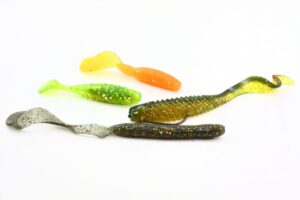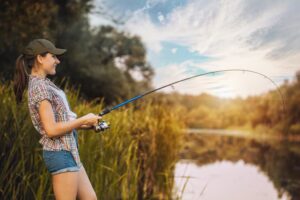The Ultimate Guide to Choosing a Headlamp for Night Fishing

Headlamps are a crucial tool for anglers who enjoy the thrill of night fishing.
Whether you’re casting lines from a boat or fishing from the shore, a reliable headlamp is essential to keep you safe and well-lit during your nighttime fishing adventures. But with so many options available, how do you choose the best headlamp for your needs? In this comprehensive guide, we’ll explore the key criteria to consider when selecting a headlamp for night fishing, helping you make an informed decision and find the perfect light to enhance your fishing experience.

1. Importance of a Headlamp for Night Fishing
Night fishing presents a unique set of challenges, and having a hands-free lighting solution is essential. A headlamp provides the convenience and freedom to navigate your fishing spot, tie knots, handle bait, and safely move around in the dark. It keeps your hands free to focus on your fishing tasks while illuminating your surroundings.
2. Factors to Consider Before Buying a Headlamp
When choosing a headlamp for night fishing, several factors come into play. Consider the following criteria to ensure you find a headlamp that meets your specific needs:
Lumens and Brightness
The brightness of a headlamp is measured in lumens, which indicates the total amount of light emitted. For night fishing, you’ll want a headlamp with sufficient brightness to provide clear visibility. A range of 100 to 300 lumens is generally suitable for night fishing.
Beam Type
Headlamps offer different beam types, including flood and spot beams. A flood beam provides a wide and even illumination, ideal for general tasks and close-up work. A spot beam, on the other hand, focuses the light in a narrow beam, offering better long-distance visibility. For night fishing, consider a headlamp that offers both flood and spot beams for versatility.
Battery Life and Type
The battery life of a headlamp is crucial, as you’ll need it to last throughout your fishing session. Consider the type of batteries the headlamp uses and whether they are rechargeable or disposable. Rechargeable batteries offer convenience and long-term cost savings, but you’ll need to ensure they have enough capacity to last through the night. If opting for disposable batteries, check their average lifespan and consider carrying spares.
Water Resistance
Night fishing often involves exposure to moisture and potential splashes. Therefore, it’s important to choose a headlamp that is water-resistant or waterproof. Look for an IPX rating, which indicates the level of water resistance. A higher IPX rating provides better protection against water ingress.
Comfort and Fit
A comfortable and secure fit is crucial for a headlamp to be effective during night fishing. Look for headlamps with adjustable straps and lightweight designs to ensure a comfortable fit. Consider whether the headlamp has padding or weight distribution systems to enhance comfort during extended use.
Additional Features
Headlamps may offer additional features that can enhance your night fishing experience. Consider features like different lighting modes (high, low, strobe), red or green light options for reduced glare and improved night vision, and the ability to tilt the headlamp to adjust the light angle.
Durability and Construction
Night fishing can be demanding, so it’s important to choose a headlamp that can withstand rugged conditions. Look for durable construction, quality materials, and resistance to impact, corrosion, and harsh weather conditions. Opting for reputable brands with positive user reviews can help ensure durability and longevity.
Price Range
Consider your budget when choosing a headlamp. While higher-priced headlamps may offer advanced features and durability, there are also affordable options available that provide adequate performance for night fishing. It’s important to strike a balance between quality and cost to find the best headlamp within your budget.
3. Types of Headlamps for Night Fishing
Headlamps come in various types, each with its own advantages and disadvantages. Here are the most common types of headlamps for night fishing:
Incandescent Headlamps
Incandescent headlamps use traditional bulbs to produce light. They are known for their brightness and ability to warm up the surrounding air. However, they are less energy-efficient and have a shorter battery life compared to LED headlamps.
LED Headlamps
LED headlamps have gained popularity due to their efficiency, durability, and longer battery life. LEDs produce bright light while consuming less energy, making them ideal for night fishing. They are also compact and lightweight, making them comfortable to wear for extended periods.
4. Battery Considerations for Night Fishing Headlamps
When it comes to batteries for night fishing headlamps, consider the following factors:
Battery Type
Night fishing headlamps typically use AA, AAA, or D cells. Each battery type has its own advantages and considerations. AA and AAA batteries are compact and widely available, making them convenient for replacement. D cells offer longer battery life but are bulkier and heavier.
Rechargeable Batteries
Consider opting for a headlamp that uses rechargeable batteries. Rechargeable batteries offer convenience and long-term cost savings, reducing the need for frequent battery replacements. However, ensure the headlamp has a reliable charging mechanism and consider carrying a backup power source if needed.
Battery Life
Check the estimated battery life of the headlamp, considering both the brightness setting and the type of batteries used. Choose a headlamp that offers sufficient battery life to last through your night fishing sessions without interruptions.
5. Choosing the Right Color for Night Fishing
The color of the light emitted by your headlamp can influence your night fishing experience. Different colors have varying levels of brightness and attraction to fish. Here’s a breakdown of the most common colors used in night fishing headlamps:
White and Yellow Light
White light is bright and provides excellent visibility, making it ideal for illuminating your fishing area. Yellow light is similar to sunlight and can attract fish effectively. Consider using white light for general visibility and yellow light for attracting fish.
Red and Orange Light
Red light is often recommended for night fishing as it provides good visibility without disturbing the natural behavior of fish. It is less visible to humans and can reduce glare. Orange light is slightly dimmer than red light and offers a broader spread, making it easier to aim.
Blue and Green Light
Blue light is bright and produces minimal glare, making it suitable for attracting fish. However, it may not work well with other types of lighting, and visibility in murky water can be challenging. Green light offers a softer glow and is effective in attracting both small and large fish.
Purple Light
Purple light provides a soft glow and is suitable for attracting fish in various conditions. It can be effective for catching fish without causing excessive glare. However, like blue light, purple light may not work well with flashes or other types of lighting.
Consider experimenting with different colors and observe which works best for your night fishing needs. It’s important to strike a balance between visibility and attraction to optimize your fishing experience.
6. Tips for Night Fishing with a Headlamp
To maximize the effectiveness of your headlamp during night fishing, consider the following tips:
Adjust the Beam Angle
Tilt the headlamp to adjust the beam angle according to your needs. This allows you to focus the light where you need it the most, whether it’s your fishing spot, bait, or equipment.
Use the Right Brightness Setting
Choose the appropriate brightness setting for your fishing activity. Use higher brightness settings when you need maximum visibility, such as casting lines or navigating uneven terrain. Lower brightness settings are ideal for close-up tasks like tying knots or handling bait.
Avoid Disturbing the Surroundings
Be mindful of your lighting to avoid disturbing other anglers or wildlife in the area. Adjust the beam angle and brightness accordingly to minimize light pollution and maintain a respectful fishing environment.
Carry Spare Batteries
Always carry spare batteries or a backup power source to ensure uninterrupted lighting during your night fishing sessions. Running out of power can be frustrating, so it’s better to be prepared.
Maintain and Clean Your Headlamp
Regularly clean your headlamp to remove dirt, debris, or moisture that can affect its performance. Follow the manufacturer’s instructions for cleaning and maintenance to ensure optimal functionality.
Consider Safety Precautions
Night fishing can present additional safety concerns, so it’s important to take precautions. Carry a whistle or other signaling devices, wear appropriate clothing and footwear, and inform someone about your fishing plans and expected return time.





